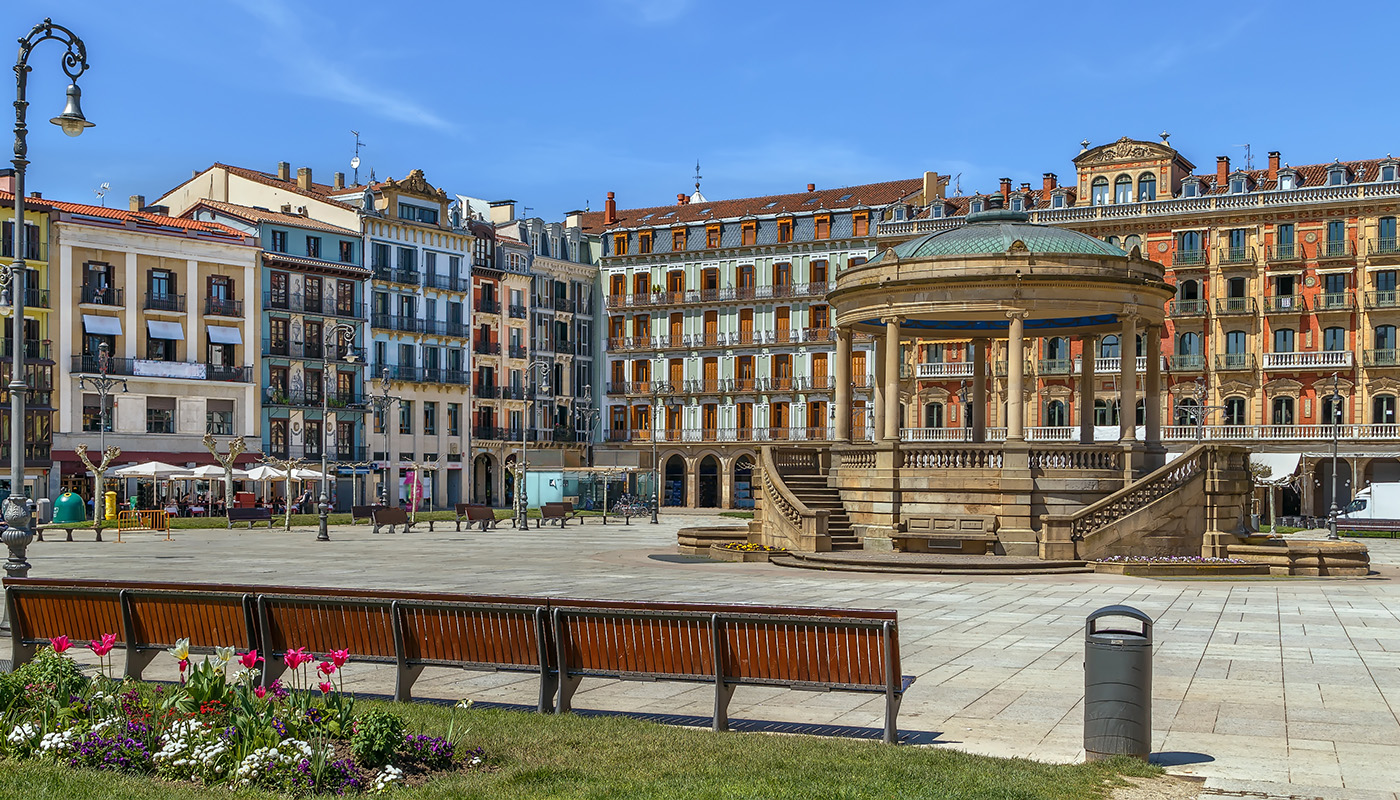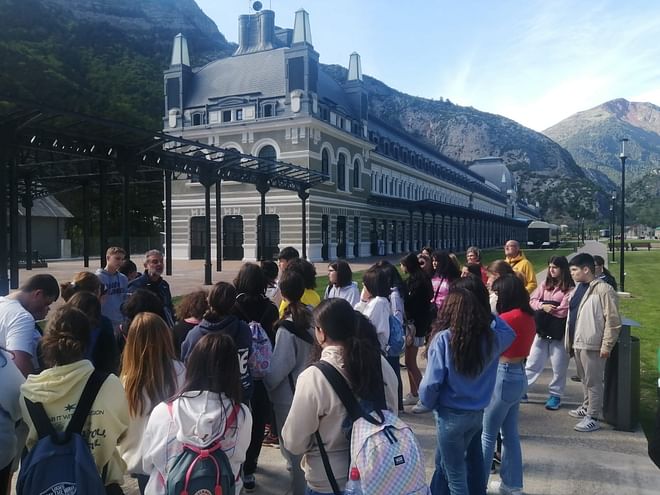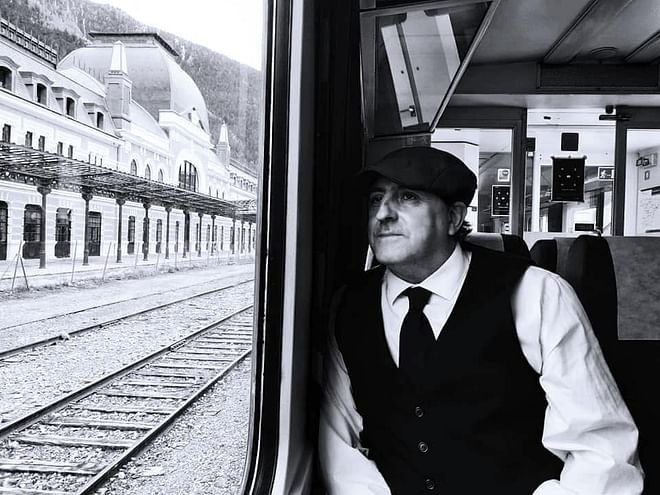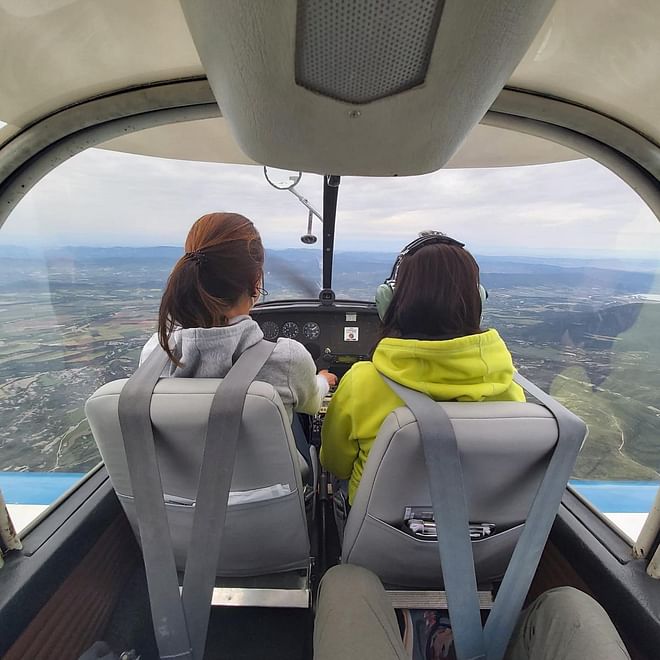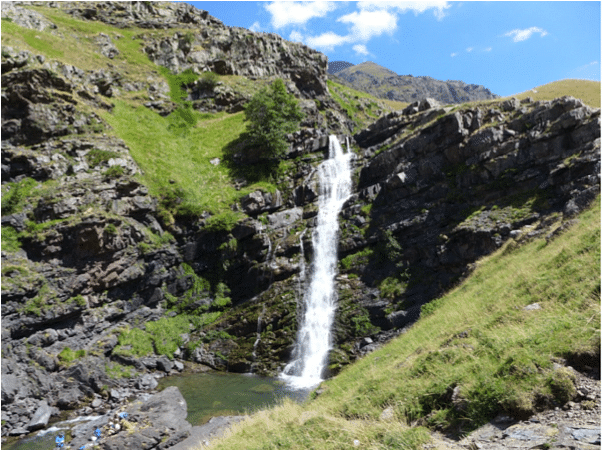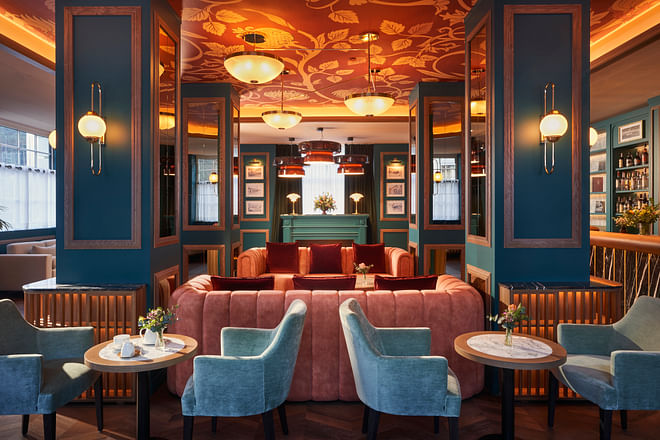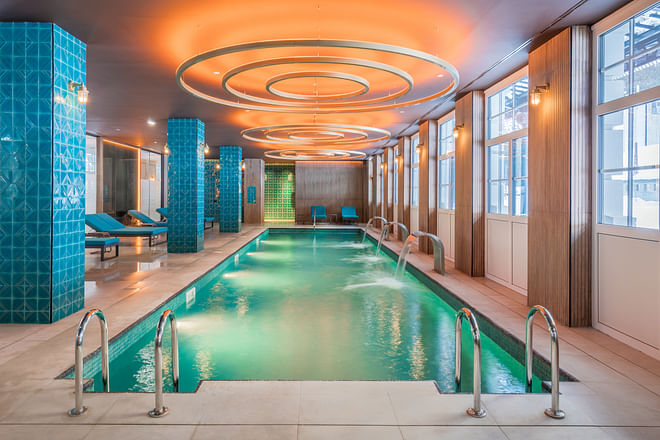Located in the old quarter, very close to other historical monuments such as the Cathedral and the Town Hall, Huesca Museum invites us to take an exciting journey through the history of this province, from prehistoric times up to the 20th century. Divided into two main thematic sections, archaeology and fine arts, the museum’s collection is housed in two buildings that are significantly important in terms of heritage. The former Sertorian University of Huesca, in the Baroque style with an octagonal shaped floor, and the adjoining Palace-Residence of the Kings of Aragon, an extremely valuable example of late 12th century civil Romanesque architecture. Fortunately for art lovers, Huesca Museum is also an example of how technology has been implemented into the museum’s space. This is demonstrated by its online catalogue, through the museum’s website, or the inclusion of QR codes that allow us to download extra information about the works on display to our mobile phones. Below, we give you details about the museum’s history and some of the most outstanding works in its collection.
The history of Huesca Museum
Until it was eventually housed in the Sertorian University of Huesca in 1967, Huesca Museum’s collection had been a nomadic collection, moved from one place to another depending on the major events of recent Spanish history. Its origins lie in the process of ecclesiastical confiscations decreed by Mendizábal, the main protagonist of the Spanish Liberal Revolution, in 1835. Following the gradual disappearance of several convents in the Alto Aragon area, the artist Valentín Carderera, chamber painter to Queen Isabella II, decided to bring together all the nationalised pictorial works, and part of his own private collection, in the new Artistic and Archaeological Museum of Huesca.
Officially founded in 1873, this institution was initially housed in the Society of Jesus building. It would be later moved to the Colegio Mayor de Santiago, where it would spend the next 120 years of its life. Finally, in 1967, the Sertorian University, declared a Historic-Artistic Monument only five years previously, became the museum’s headquarters. It’s an incredible place that has constantly undergone architectural renovations in order to update the rooms for the museum’s growing collections.
Visit: what you can see at Huesca Museum
Buildings
Located in the university square, at the northern end of the historic centre of Huesca, the sandstone façade of the former Sertorian University building welcomes visitors and surprises them with its curious octagonal-shaped floor. Built at the end of the 17th century by the architect from Huesca, Francisco Antonio de Artiga, this building embodies so-called Herrerian architecture, or classicist mannerism, an artistic trend that emerged in Spain at the end of the 16th century, the main hallmark of which is a complete lack of decoration. Defying the decorative simplicity of the exterior, behind its walls there is an interior courtyard full of vegetation, panelled arches, and Tuscan columns. In addition to the permanent exhibition rooms, this building houses the library, offices, storerooms, and laboratory of Huesca Museum.
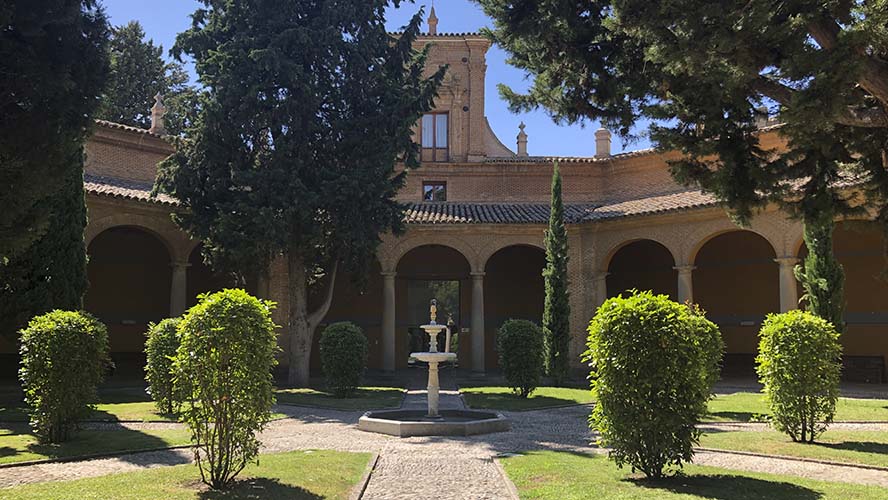
The Palace of the Kings of Aragon, built in the 12th century in Romanesque style, acts as an extension of the main building, housing rooms full of secrets and legends. Next to the Hall of Doña Petronila and the Throne Room, both of which are dedicated to the organisation of temporary exhibitions and educational activities, we find the Bell Room. This is a room where, according to The Chronicle of San Juan de la Pena, the Aragonese king Ramiro II, called the Monk, beheaded 12 nobles from Huesca who were planning to carry out an uprising.
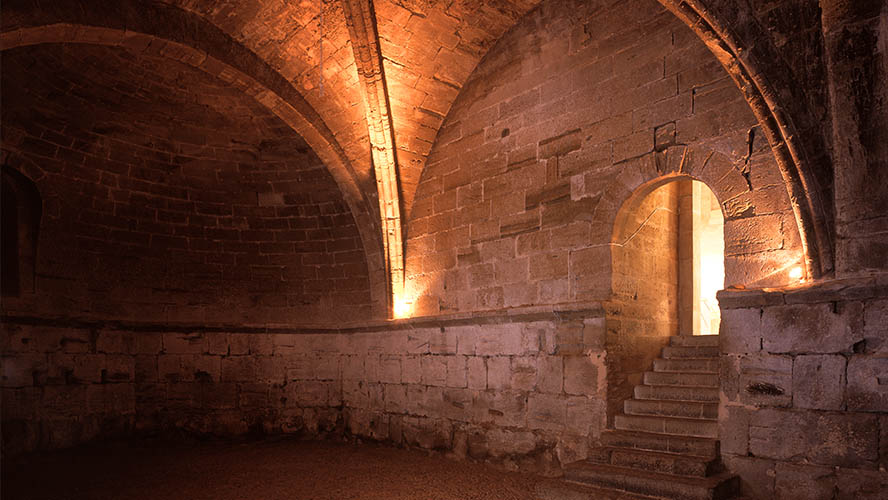
Collections
Huesca Museum currently has up to eight permanent exhibition rooms, and the linear route allows us to clearly and concisely trace a journey through the history of Huesca since prehistoric times.
- The first four rooms are reserved for the archaeology section, spanning from prehistory to the 12th century. Here we can see Mousterian tools belonging to Huesca’s prehistory, such as a point and a scraper found at sites in the area. There are also ceramics and murals from the Roman period, Visigoth coins, Islamic looms, and Romanesque figurines.
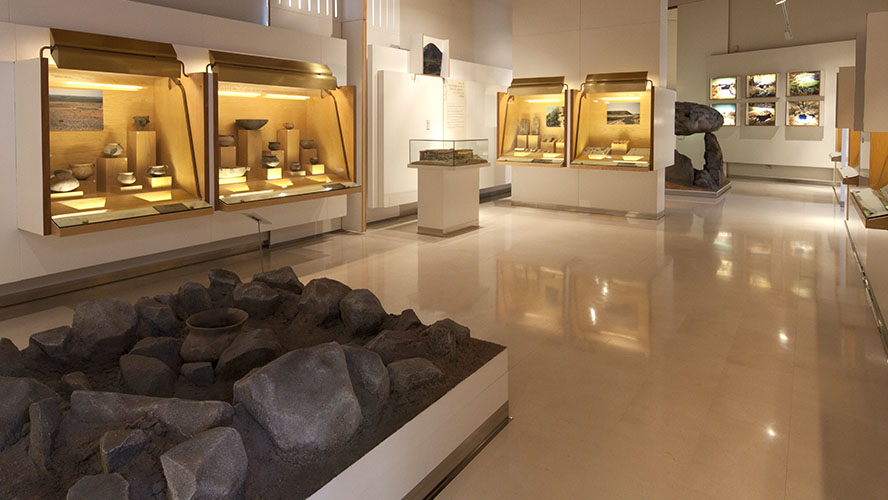
- The next four rooms are dedicated to the fine arts of Huesca, with samples of the regional artistic heritage from the 12th to the 20th century. One example of this is the Flemish triptych of La Virgen de la Rosa, from the Aragonese Gothic period of the mid-15th century. We can also see the set of lithographs known as “The Bulls of Bordeaux”, painted by Goya in this French city in 1825. There are also the colourful oil paintings by the Huesca artist Ramón Ancín, and paintings depicting local customs and traditions by the painter from Zaragoza Ramón Bayeu.
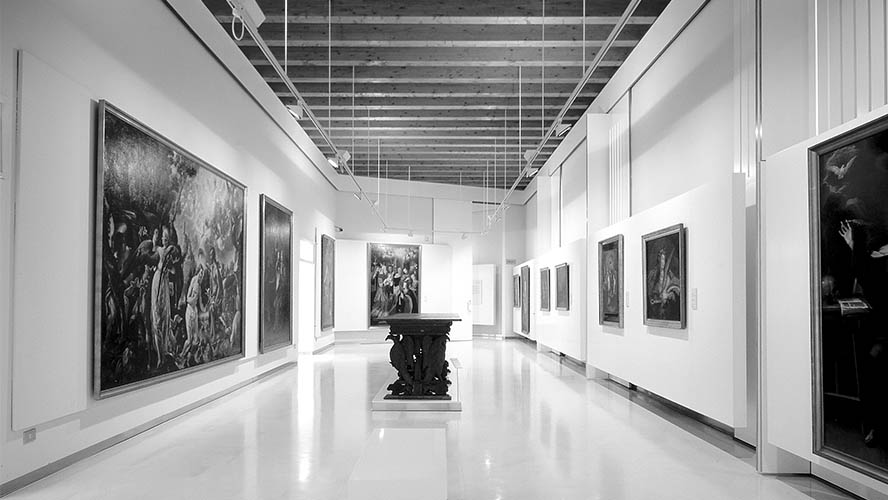
In addition to these permanent collections, Huesca Museum also has some rooms in the adjoining Royal Palace for temporary exhibitions and cultural activities. These include the workshops for families that the association El Laboratorio del Arte regularly organises. In short, this is a comfortable and fun way of bringing art closer to children.
Those who are unable to visit the museum in person will be interested to know that the official website offers direct access to its digital catalogue via CER.es. The museum also uses mobile technology to organise thematic tours through the permanent exhibitions. Two recent examples are “The funerary world” and “Archaeology and women”, which offer two different perspectives on the same set of works of art.

























































